Whenever you buy anything like a vehicle, boat, motorcycle, house and yes, a food cart, the familiar adage typically applies. It is not the initial cost; it is the upkeep.
If you are considering buying a food cart in the US, there is a lot of information that is worthwhile knowing that may not apply in other countries, such as Europe or Asia. As they also say, the best decision is an informed decision.
In this guide, then, not only will we talk about all you need to know about buying a food cart, we will also discuss the upkeep, the additional expenses, the costs you will want to know about to create a food cart business plan and also for starting a food cart business.
There is a lot here and a lot of time went into preparing this guide for you, so let’s get started and dive right in.
Table of contents
- Cost of buying a food cart
- Ensuring your food cart meets health regulation compliance
- Licenses and Permits to operate a street food cart business
- General costs of starting and operating a food cart business
- Commercial Kitchen Rental Agreement
- Food cart customization and branding
- Initial food cart inventory and supplies
- Food cart business insurance
- General food cart operational costs
- Food cart staffing costs
- Food cart maintenance
- Marketing and advertising your food cart business
- Miscellaneous food cart expenses
- Wrapping it up
Cost of buying a food cart
We have new food carts for sale and that is the point of reference we will use here. The cost of buying one of our new food carts ranges between $4,000 to $20,000, depending on size, features, and customization options.
While we may have a vested interest here, we should mention there is a good reason to consider a new food cart as opposed to a used one. While they can be much cheaper, there are always concerns about the condition, any repairs needed and the lack of any substantial warranty.
When you purchase a new food cart, you know that everything is in new condition. With all the other expenses that we are going to delve into, the condition of the food cart is one possible significant expense you do not have to worry about.
In addition, if you buy a used food cart that does not meet health regulations, upon the health department inspection to get a license they may very well not give you one until you make the necessary repairs.
Ensuring your food cart meets health regulation compliance
Most, if not all, states in the US have food health and handling regulations in place to make sure that food is handled safely on street food carts. These regulations include the use and specifications of portable sinks along with what type of materials should be used in the construction of the food cart.
Typically, the regulations specify the minimum number of basins there needs to be (typically 3), how wide and deep they are and what types of materials and components are to be used. Additionally, the National Sanitation Foundation (NSF) specifies voluntary standards for sanitation and food service, including components of self-contained, portable sinks for a food-safe supply of water.
In general terms, any street food being served on a food cart that requires opening and preparation needs to have the proper portable sinks in place. This includes a hotdog cart, hamburger cart or most other types of foods that are not being sold to the public in sealed packaging.
It is important to keep this in the front of your mind when considering what food cart to buy. Many do not have the option of a portable sink, and if they do, they do not meet the regulatory requirements in the US. Since your local health department will be inspecting the food cart prior to issuing a permit allowing its use, this is something buyers need to know up front, which is why we bring it up so early in this guide.
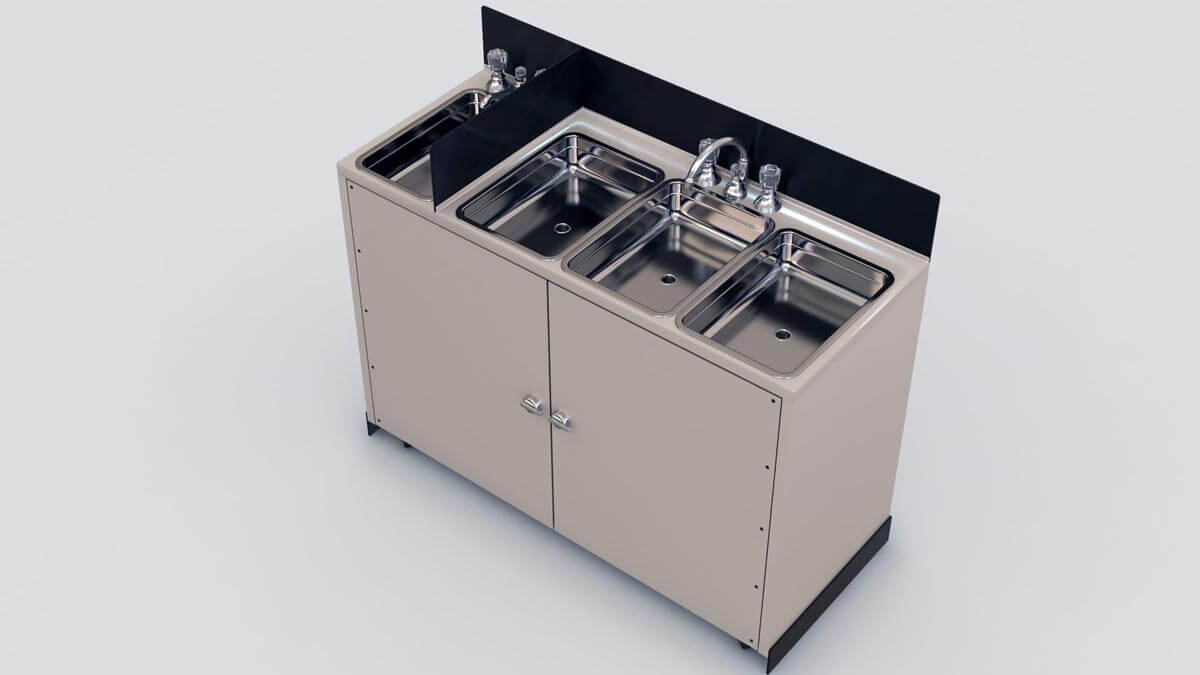
An example of a self-contained portable sink that meets USA food handling regulations.
Licenses and Permits to operate a street food cart business
The next thing to consider before delving too deep into additional factors to know when buying a food cart is what licenses and permits you need to operate one. Not only do most food cart vendors hesitate to disclose health regulation compliance, they typically do not like to talk about licenses and permits either.
However, as with anything, it is not just buying a food cart, it is also the operation and upkeep that needs to be considered. How else are you going to make sound decisions when considering how to start a street food cart business if you do not know all the variables.
So, let’s take a deep dive into all the details of the licenses and permits you need to know about to start and operate a food cart business in the USA.
Please note that you may not need all the following permits and licenses to operate your food cart. This is guide is intended to be general, but detailed, in order for you as a food vendor to be prepared.
We encourage you to take this detailed list and use it as a checklist when contacting your local government office to inquire about what you will need to operate your food vending business.
1) Business registration
Every state in the USA requires a business to register and obtain a license to operate a food cart business. These licenses are specific to the location in which you want to operate in, so you need to go to your local city or county government office to obtain one.
The typical cost of business registration can vary from $25 to over $1000 USD, depending on which location you want to operate in.
2) Health Department permit
State health departments have a food safety program in place to ensure that consumers are protected from the possibility of disease or disability from food-born or waterborne illness. Street vendors need to have this permit issued to serve customers.
To obtain this permit, a mobile food inspection is necessary. Often these inspections are routine to ensure that your food cart is in continued compliance with all health and food handling safety requirements.
When making an inquiry about the health department permit, make sure to specify what type of food you will be vending. You may not need one if you plan to vend canned and bottled beverages or prepackaged foods.
If it is required, the cost of obtaining this permit can be anywhere from free to $1000, depending on where you are vending and what type of food you are offering.
3) Food Managers Permit
Some states no longer require each employee to have a Food Handler Permit. However, the states that do not typically require that a manager or owner with a Food Manager Permit be physically present during operating hours.
The Food Manager Permit is a certification that you understand food safety practices. Sometimes these permits can be obtained from your local health department. In other states, you need to take an accredited food safety course and pass the exam to obtain the permit.
On average, the cost of obtaining this permit is anywhere between $100 and $500 USD and needs to be renewed every few years.
4) Street vendor license
In addition to a state business license, a mobile food vendor will be required to get a local business license, or street vendor license, to vend in a specific city or county. This license will allow you to sell food in public venues in that area.
Some major urban or metropolitan areas require both a mobile vending license and a mobile food vending permit. When inquiring with your government office about licensing requirements, make sure to ask about both.
Regardless of whether your city or county requires a street vendor license, mobile vending license, mobile food vending permit or a business license, they can be obtained from the local city or county government department responsible for licensing.
The cost of these permits and licenses can vary greatly by city or county and could be up to $500.
5) Fire department permit
Some vendors will offer a food cart for sale with cooking equipment built into it, such as a gas or electric grill, hot plates or other gas and electric appliances. For that food cart to be allowed to operate and serve food in the USA, your cooking equipment and setup needs to be inspected by the local fire department where you want to be vending.
The typical cost range of getting an inspection and a fire permit can range between $25 and $300 USD per year.
6) Federal tax permit (Employer Identification Number, or EIN)
To operate a food business in the USA, you will be required to obtain an Employer Identification Number (EIN) from the Internal Revenue Service (IRS). This permit allows you to conduct your food business and pay federal taxes on the revenue earned.
Obtaining an EIN does not typically cost anything. However, you will be required to file the necessary tax returns with the IRS and pay taxes on your food sales.
General costs of starting and operating a food cart business
Now you have a general idea of the initial considerations to make when buying a food cart and the licenses and permits you may need. Let’s dig into some of the general costs you will want to consider when starting a food cart business.
1) Commercial kitchen rental agreement
While preparing food on a food cart sounds like a great idea, and that food cart with all the cooking appliances built in looks really smart and tempting, many jurisdictions do not allow you to prepare food when you are mobile.
In those towns, cities, or counties you will need to make all your food preparations in a commercial kitchen, otherwise known as a commissary.
Some districts may even require you to store your food cart at a commissary when it is not in service. It would be prudent to investigate with your local government office whether these requirements apply to you or not, and then find a local commercial kitchen and/or commissary that fits your food preparation and food cart storage needs.
2) Food cart customization and branding
With our food carts you have customization options. These custom add-ons will vary by the type and size of food cart you buy, but the typical price range is $300 to $2,800 for adding canopy LED lighting kits and security covers, $4000 to add on a self-contained portable sink.
All our food carts and portable sinks can be branded with your logos, designs, and colors. This branding is done with custom vinyl graphics wraps. The cost of these graphics wraps are between $900 and $3,600, depending on the size and style of the food cart.
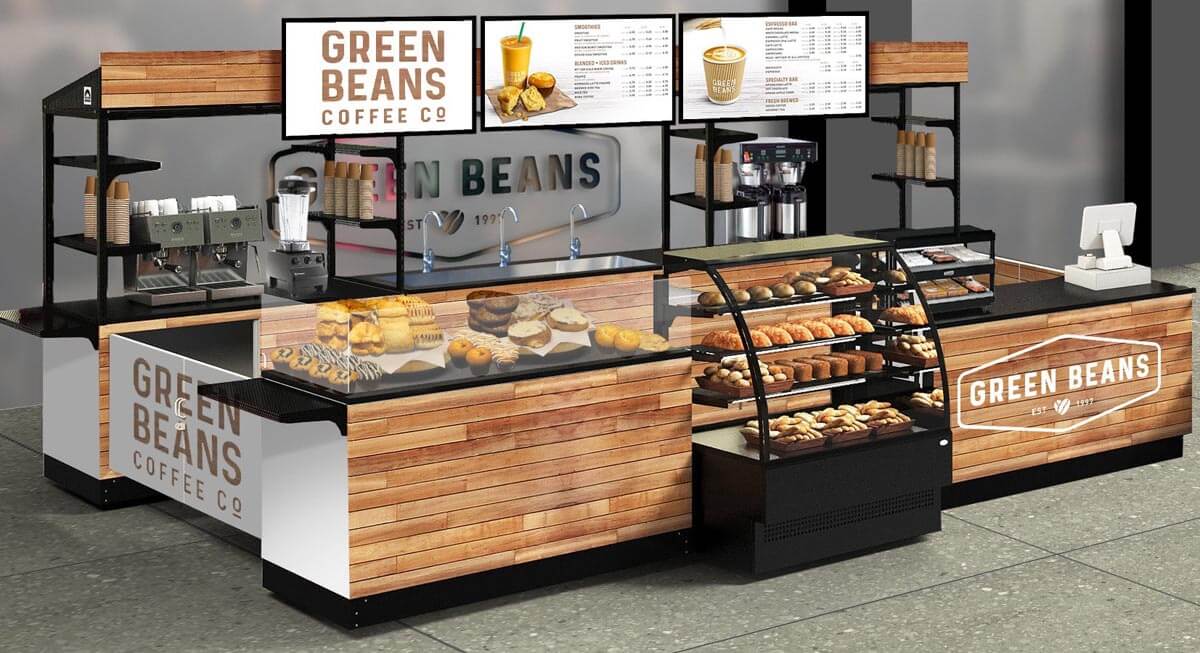
An example of a customized and branded mobile food cart setup
3) Initial food cart inventory and supplies
Once you buy a food cart, you will need to stock it with inventory and supplies. This includes things like ingredients, condiments, cooking and food storage equipment and food service items.
When you are first starting your street food business, you will not want to go too heavy on the food and ingredients. You will first want to gauge the demand for your food cart menu. It might be a good idea to consider between $200 and $500 USD for initial stock.
As we mentioned earlier in this guide, we do not recommend buying a food cart that has the cooking equipment included as it may not comply with local health department regulations. This could result in a significant additional cash outlay apart from the initial cost of the food cart itself.
In addition, your local government licensing office may require you to use a commercial kitchen to prepare your food, which would greatly decrease the cost of cooking equipment needed on the food cart. However, depending on the culinary diversity you intend to vend, some cooking equipment and utensils will be needed.
Taking that into account, we suggest considering a budget of approximately $1,000 to $3000 for equipment such as a display fridge along with utensils, packaging and serving supplies. That would include items such as food containers, disposable utensils, napkins, etc.
4) Food cart business insurance
Of course, we hope that nothing ever happens that requires you to need to make an insurance claim, however accidents can happen and you need to be protected. While you should consult with an insurance broker to get a quote, in very general terms, general liability insurance can cost anywhere between $400 and $1000 per year.
While you are talking with your insurance broker, make sure to ask them about other coverage available to see what is on offer to protect both you and your food business.
5) General food cart operational costs
There are some general costs that can be considered, depending on your food business model. You may require access to electricity for your fridge, food handling equipment or point of sale system. If your chosen vending location charges for electricity, you may realize a cost of up to $100 per month for using it.
6) Food cart staffing costs
While most vendors are starting a food cart business as independent owner/operators, there are some business owners that may want to start at scale and have someone else operating the food cart for them.
If your business plan includes hiring one or more employees, you may be paying $2,000 to $4,000 per month per employee, depending on how many hours they are working. Additionally, with this type of business model there are payroll taxes and benefits to consider, which can be 10% to 20% of their wages.
7) Food cart maintenance
Our food carts are manufactured to the highest quality standards to be mobile and durable. We use powder-coated aluminum, tubular steel framing and heavy-duty wheels in the construction of every food cart we sell. However, to ensure that your food cart continues to look and operate at its best for years to come, routine maintenance is recommended.
This would include things like thorough cleaning of the food cart and its surfaces which will require cleaning supplies. Depending on how much use it gets and how frequently you need to clean it, cleaning supplies can cost a modest $50 to $100 per month.
8) Marketing and advertising your food cart business
A successful business owner knows that sales growth comes from word of mouth, marketing, and promotions. A lot of marketing can be done for free, such as posting on social media. Starting a successful food cart business is quite possible with social media alone.
The expenses associated with marketing and advertising are going to vary greatly depending on your food cart business model. However, if you are the type of business owner looking for the edge on your competition, there are many additional marketing opportunities to consider. These opportunities can include things such as social media ads, search engine ads, printed promotions materials and advertising on community websites.
A starting budget of $100 to $300 a month can go a long way in paid promotions by choosing the right platforms, campaigns and ad spends.
9) Miscellaneous food cart expenses
Armed with all this information, we would like to think you are going to be running a very successful food cart business. With the booming food sales, you may not have time for some of the administrative work that will need to be done.
That administrative work can include things like accounting and bookkeeping, tax remittances, legal obligations, maintaining regulatory compliance. In such fortuitous circumstances, you may want to spend between $500 and $2500 annually for professional service fees such as legal and accounting fees.
And, finally, the contingency (or as it is often called, the rainy day) fund. Every successful business, a food cart business included, can benefit from having a rainy day fund. It is not uncommon to run up against unexpected costs and expenses. You certainly do not want to be caught off guard with an unexpected fee or other financial outlay and not have a contingency fund to cover it. It is wise to set aside $1,000 to $2,500 for unexpected expenses.
Wrapping it up
As we mentioned at the start of this guide, not all of these costs, licenses or permits will necessarily apply to you as a vendor wanting to buy a food cart or starting a food cart business.
At the same time, this is not intended to be legal advice as laws and regulations typically vary depending on where you are located, your business plan and food vending model.
With that said, at Cart-King we believe that your success is our success. As such, we do our best to ensure you have all the information you need at your disposal to choose the right food cart to buy, along with what you need to know to start a food cart business.
In short, Cart-King is here to help you get your street food sales rolling.
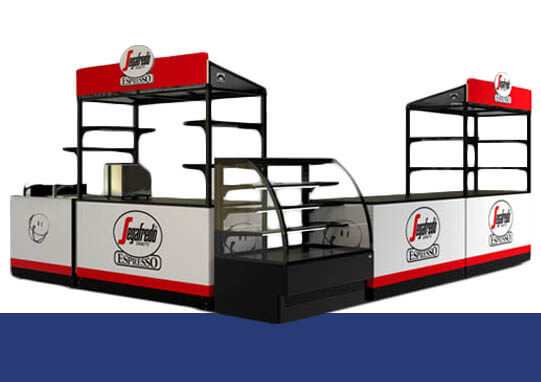
Pricing and Report
Get it now!
You will receive the pricing and report within 15 minutes. Thank you!
Learn: Start your own cart/kiosk business
Discover: How much money you can make
Pinpoint: Market size and growth potential
Uncover: Business plan with sales projections
-
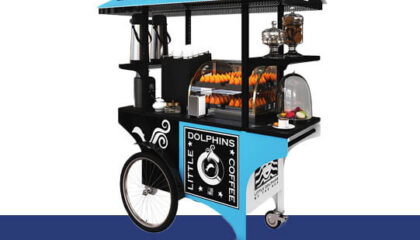 Read more +
September 13, 2024 By kingmike in Cart and Kiosk Articles
Read more +
September 13, 2024 By kingmike in Cart and Kiosk Articles
Simple Guide to Our Top Street Food Carts
-
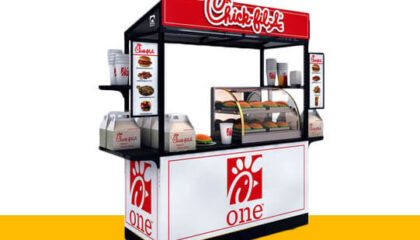 Read more +
May 8, 2024 By Cart King in Cart and Kiosk Articles
Read more +
May 8, 2024 By Cart King in Cart and Kiosk Articles
Food Cart Menu Ideas
-
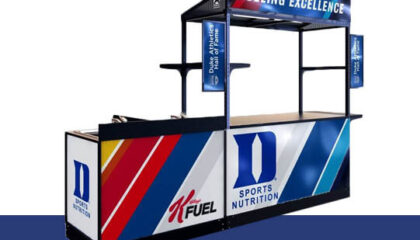 Read more +
May 3, 2024 By Cart King in Cart and Kiosk Articles
Read more +
May 3, 2024 By Cart King in Cart and Kiosk Articles
How to Start a Food Cart Business
-
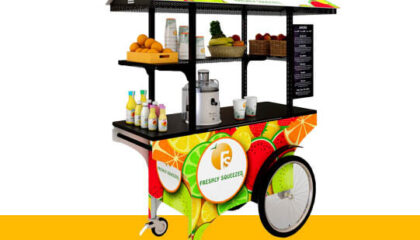 Read more +
April 24, 2024 By Cart King in Cart and Kiosk Articles
Read more +
April 24, 2024 By Cart King in Cart and Kiosk Articles
How to Increase Food Cart Sales: A Complete Guide
-
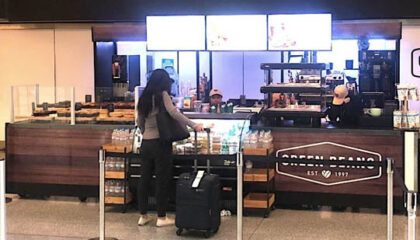 Read more +
April 9, 2024 By Cart King in Cart and Kiosk Articles
Read more +
April 9, 2024 By Cart King in Cart and Kiosk Articles
Food Cart Business Locations
-
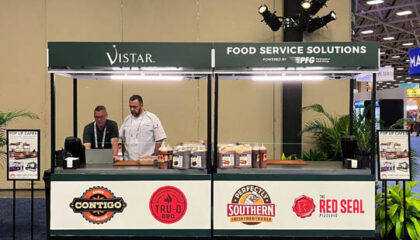 Read more +
By Cart King in Cart and Kiosk Articles
Read more +
By Cart King in Cart and Kiosk Articles
Tips for Designing your Trade Show Kiosk
-
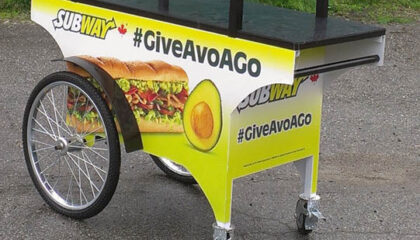 Read more +
April 8, 2024 By Cart King in Cart and Kiosk Articles
Read more +
April 8, 2024 By Cart King in Cart and Kiosk Articles
Social Media Marketing for Your Food Cart Business
-
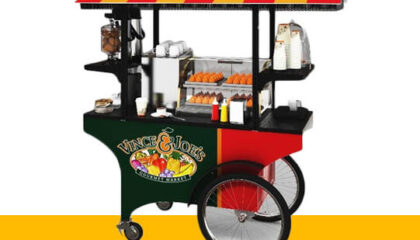 Read more +
April 6, 2024 By Cart King in Cart and Kiosk Articles
Read more +
April 6, 2024 By Cart King in Cart and Kiosk Articles
Push Carts: Some Ideas on Location
-
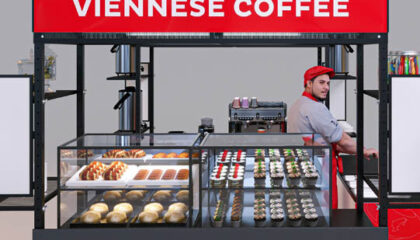 Read more +
April 2, 2024 By Cart King in Cart and Kiosk Articles
Read more +
April 2, 2024 By Cart King in Cart and Kiosk Articles
Coffee Cart Vendor
-
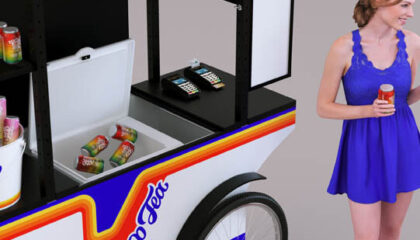 Read more +
March 10, 2024 By Cart King in Cart and Kiosk Articles
Read more +
March 10, 2024 By Cart King in Cart and Kiosk Articles
Beverage carts
